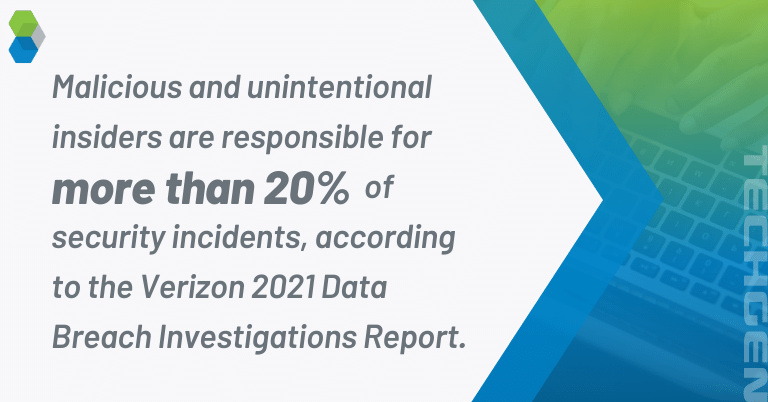Small and medium-sized businesses can’t rely on outdated approaches to cybersecurity anymore because they face the same cutting-edge threats as large enterprises.
Since the outbreak of the COVID-19 pandemic, the zero trust security model has emerged as a modern cybersecurity strategy that can effectively protect businesses that have embraced the hybrid work model and moved parts of their IT infrastructures to the cloud.
In fact, the benefits of zero trust security is so effective that US Federal Government organizations are now required by the Executive Order (EO) 14028 on Improving the Nation’s Cybersecurity to start implementing it.
SMBs that haven’t done so already should also start implementing it because the benefits of zero trust security are too good to ignore, and the consequences of weak cybersecurity are becoming more severe every year.
Understanding the Zero Trust Security Model
Zero trust security is commonly described as a modern alternative to the traditional castle-and-moat security approach, which revolves around one key assumption: threats come from outside, so everyone inside the network can be trusted.
The castle-and-moat security approach works well when all employees and the devices they use to do their work are inside the castle (the physical office), but it falls apart when there’s no clearly defined perimeter to protect.
Instead of enforcing a different set of cybersecurity rules for connections coming from outside the defense perimeter and another set of rules for connections coming from inside the defense perimeter, the zero trust security model requires all connections to be authenticated, authorized, and continuously validated.
Key Benefits of Zero Trust Security
Now that we’ve explained the main characteristics of the zero trust security model, you’re probably starting to see how modern SMBs can benefit from it. Let’s take a closer look at three key benefits all businesses that implement this model can unlock.
Security
The “never trust, always verify” approach of the zero trust security model can greatly reduce the so-called blast radius, which is used to describe how far-reaching consequences can a single cybersecurity incident have.
The practical difference between traditional castle-and-moat security and zero trust security is akin to the difference between locking only the front door to an office building and also locking every single door inside the building.
When all doors are securely locked, gaining access to protected assets becomes much more difficult, and even a malicious insider can’t freely move from room to room, looking for sensitive information to steal and important systems to compromise.
The ability of zero trust security to stop insiders makes this cybersecurity strategy well-worth implementing because malicious and unintentional insiders are responsible for more than 20 percent of security incidents, according to the Verizon 2021 Data Breach Investigations Report.
Usability
It’s a common misconception that the zero trust security model is not user-friendly because it forces employees to enter their passwords over and over again just to get work done.
While it’s true that the model requires all connections to be authenticated, authorized, and continuously validated, the practical impact on end-users depends on how zero trust security is implemented.
For example, zero trust security is often paired with single sign-on (SSO) to provide users with an easy and consistent login experience for any and every application. SSO lets users log in with a single set of credentials, such as a username and password.
In addition to being convenient, zero trust with SSO helps reduce password fatigue. This is a leading cause of poor password hygiene and, consequently, password-related data breaches.
Compliance
The purpose of the zero trust security model is to help businesses secure their systems and data regardless of where they reside and how they’re accessed.
The continuous monitoring of all user activity, resources, and data is one of zero trust minimum requirements, and the seamless audit trail it creates can go a long way in helping businesses achieve and maintain compliance with data protection regulations and laws.
It’s estimated that nearly 70 percent of SMBs have a zero trust security initiative in place, or have it planned for the next 12 to 18 months. Those who don’t will likely find it increasingly difficult to convince their customers and business partners of their trustworthiness.
Getting Started with Zero Trust Security
Switching to zero trust security doesn’t have to be difficult if you approach the task methodically and move one step at a time. Developing a good understanding of the areas that need to be protected is a good start because you can then outline a zero trust architecture that fits your unique needs and requirements.
At TechGen, we understand the benefits of zero trust security and that implementing it can seem daunting at first. But don’t worry, we’re here to make it easier for SMBs to reap the numerous benefits zero trust has to offer. Contact us and let us guide you on your zero trust implementation journey.


